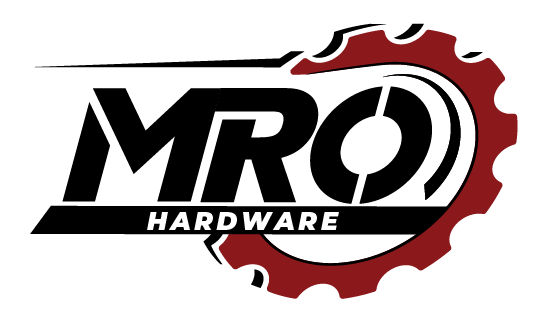Personal Protective Equipment (PPE) is a vital component of workplace safety, designed to protect workers from potential hazards. PPE includes specialized clothing and gear that minimizes the risk of injury, illness, or exposure to harmful substances. Whether in construction, food service, manufacturing, or healthcare, PPE is essential for maintaining safety standards and ensuring employee well-being.
What is PPE?
PPE stands for Personal Protective Equipment and encompasses a wide range of protective gear used in various industries. It is intended to shield workers from physical, chemical, biological, or ergonomic risks. By providing a barrier between the wearer and potential hazards, PPE ensures a safer work environment.
Why is PPE Important?
PPE is crucial for:
- Preventing injuries from accidents, sharp objects, or hazardous substances.
- Reducing the risk of exposure to harmful chemicals or pathogens.
- Ensuring compliance with workplace safety regulations and standards.
Types of PPE and Their Safety Features
Sleeves
Protective sleeves are designed to shield arms from cuts, burns, and chemical splashes.
- Materials: Sleeves are commonly made from Kevlar, leather, or neoprene for durability and protection against specific hazards.
- Colors: Often brightly colored for visibility in industrial environments.
- Applications: Used in manufacturing, welding, and food processing industries.
Beard Coverings
Beard coverings are essential in environments requiring hygiene and contamination prevention.
- Materials: Typically made from lightweight, breathable materials like polypropylene or polyester.
- Colors: Available in standard white or blue to meet food service or medical aesthetics.
- Applications: Used in food service, healthcare, and cleanroom environments to prevent hair from contaminating products or processes.
Aprons
Protective aprons shield the torso and legs from hazardous materials, spills, and heat.
- Materials: Made from materials such as PVC, rubber, leather, or cotton, depending on the hazard.
- Applications: Common in kitchens, laboratories, and chemical industries for spill and splash protection.
Earplugs
Earplugs protect workers from excessive noise, reducing the risk of hearing loss.
- Variations: Available as disposable foam plugs, reusable silicone plugs, or custom-molded options.
- Applications: Widely used in construction, manufacturing, and any high-noise environments.
Protective Jackets
Jackets are designed to protect workers from extreme temperatures, sparks, or chemical exposure.
- Materials: Fire-resistant fabrics, insulated materials, or waterproof coatings for specific applications.
- Colors: High-visibility colors like neon yellow or orange for outdoor or nighttime use.
- Applications: Used in welding, outdoor construction, and hazardous material handling.
How PPE Improves Safety
- Prevents Injuries: Shields workers from immediate dangers like cuts, burns, and falls.
- Minimizes Health Risks: Reduces exposure to harmful chemicals, noise, or pathogens.
- Boosts Productivity: A safe environment allows workers to focus on tasks without fear of injury.
- Compliance: Meets regulatory standards from agencies like OSHA, ensuring workplaces adhere to legal safety requirements.
Conclusion
PPE is an indispensable part of workplace safety, offering protection against a wide range of hazards. From sleeves and beard coverings to aprons, earplugs, and jackets, each type of PPE is designed with specific features to meet the unique challenges of various industries. By investing in high-quality PPE and ensuring proper use, businesses can create a safer, more productive work environment while complying with safety regulations.

